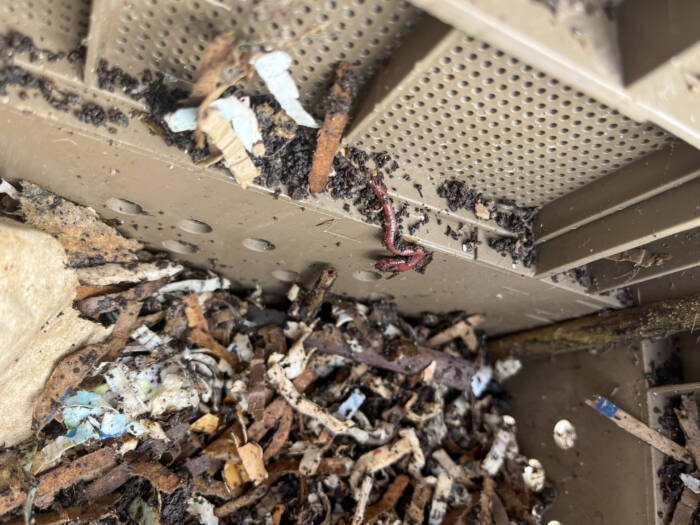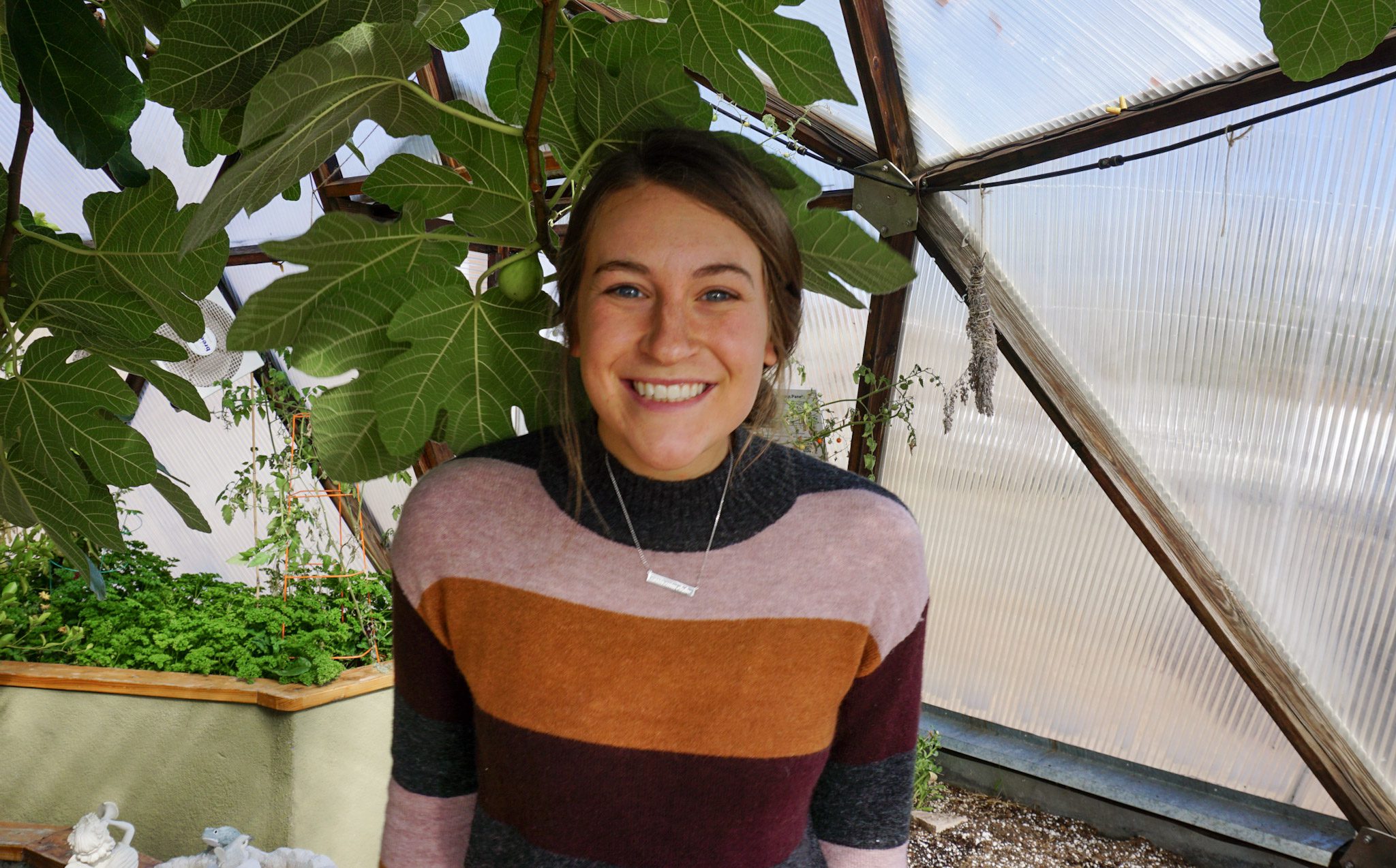
What is Vermiculture?
Vermiculture, also known as worm composting or vermicomposting, uses worms to convert organic waste into nutrient-rich compost for plants. This is a great way to reduce waste, improve soil health, and create a sustainable gardening practice. This blog post will discuss the basics of vermiculture, how to set up a worm bin, what materials to use, and how to maintain and harvest the compost.
One of the benefits of vermiculture is that it is a closed-loop system, meaning that the worms consume the organic material, produce compost, and then the compost is used to grow more food for the worms. This creates a sustainable cycle that reduces the amount of waste sent to landfills and improves soil health.
Vermiculture is an excellent option if you are low on room. It can be done in small spaces such as greenhouses or backyards. It is also a great way for schools and community gardens to educate children about composting and reducing waste.
How to do Vermiculture?
Step 1: Setting Up Your Vermicompost Bin
The process of vermiculture begins with setting up a worm bin, a container designed to hold the worms and their food. The bin should be made of non-toxic material, such as plastic or wood, and have holes for drainage and ventilation.
The bin size will depend on the amount of waste you plan to compost and the number of worms you will use. A good rule of thumb is to have one square foot of surface area for every pound of waste.
When setting up your worm bin, it is vital to ensure it is in a location that is out of direct sunlight and has a consistent temperature between 55-77 degrees Fahrenheit. The bin should also have good drainage and ventilation.
The Subpod
Our favorite compost bin is the Subpod. We love it because it is nearly odorless, durable, pest-proof, lockable, and easy to use. It also doubles as a seat in your raised beds. It comes with everything you need to get started and easy-to-follow instructions on the inside of the lid, so there is no guesswork.
In the Growing Dome, ideal locations include the center bed or the perimeter bed on the northeast or northwest close to the above-ground pond. The pond provides the most regulated temperatures in the Dome, and the shade of the Reflectix in the summer months will help to keep the bin out of direct sunlight. The unit should be buried, covering the larger “worm flow” holes and leaving the smaller “airflow” holes exposed. Also, make sure to leave about 2 inches between the unit and the inside edge of the raised bed so that the worms and air can move around properly.
The Subpod can be buried directly in the raised beds and allows for, as Andrew Trujillo calls them, free-range worms. The holes allow the worms to come and go as they please, generating compost and aerating the soil, thus helping with water retention as they move around in the raised beds. Consider this idea as you decide on the best location for the unit in your Growing Dome.
Step 2: Choosing the Right Materials
The next step in vermiculture is to choose the right materials for your worm bin. The best materials to use are organic waste, such as kitchen scraps, garden waste, coffee grounds, and crushed eggshells. It is true vermiculture can be used to break down a wide variety of organic materials, including materials that are difficult to compost using traditional methods. For example, worms can break down meat and dairy products, which are typically not recommended for traditional composting methods. However, we avoid using meats, dairy products, and processed foods, as these can attract pests and create unpleasant odors.
It is also vital to add bedding material to the bin. Standard bedding includes shredded newspaper, cardboard, coconut coir, or straw. The bedding material provides the worms with a moist and dark environment. It is best to layer your scraps and bedding material in a 1:2 ratio. Food scraps are typically high in nitrogen (1), and bedding materials (2) are lower in carbon. If the balance is off, this can lead to anaerobic behavior, slowing the composting process and causing unpleasant smells.
Step 3: Adding the Worms
After your worm bin is filled with suitable materials, it’s time to add the most important part. The worms! A good rule of thumb is to start with one pound of worms for every square foot of surface area in your bin. The most commonly used worms for vermiculture are red wigglers (Eisenia fetida), which can be purchased from worm farms or online retailers.


When adding the worms to the bin, it is important to make sure they are well-distributed throughout the bin. This can be done by gently shaking the worms into the bin or using a spoon to bury them in the bedding material.
Step 4: Maintaining the Worm Bin
Once your worm bin is set up, it is important to maintain it properly. This includes keeping the bin moist but not too wet. The bedding material should be damp but not soggy. Your worms will appreciate a happy medium.
It is also important to monitor the pH level of the bin. The ideal pH range for vermiculture is between 6 and 7. If the pH level is too low, you can add lime to the bin; if it is too high, you can add sulfur.

Another important aspect of maintaining the worm bin is to feed the worms regularly. Start by adding small amounts of food scraps to the bin and gradually increase the amount as the worms begin to consume it. It is important to avoid overfeeding the worms, as this can cause the bin to become too wet and attract pests. Stirring the bin materials is also beneficial for adding oxygen and allowing worms to access other material that hasn’t been broken down yet.
Step 5: Harvesting the Compost
After several months of vermicomposting, the worms will have converted the organic waste into nutrient-rich compost. Harvest the compost by removing it from the bottom of the bin where the worms have been working. The worms will naturally migrate. You can simply add these “worm casting” to your garden bed’s top layer. Or some people brew worm-casting tea to water their gardens, which will quickly reach the plant’s roots for immediate benefits.
Vermiculture is a sustainable and efficient method of composting that can be done in small spaces and has a wide range of benefits. It is a great option for those who want to reduce their waste and improve soil health, and it is also a fun and educational activity for children. If you’re interested in starting your own vermiculture project and have questions submit them to our new series “Ask an Expert.”

2 Comments
I moved my worm bins into the dome, despite it still being under construction. Protected from extreme temperatures, my worms are thriving. My experience has cautioned me against putting meat/dairy straight into the bins, but if meat/dairy waste is something you have, consider acid-anearobic (or ferment) composting which is simple. I use lidded 5-gallon buckets, layer waste and EM-1 prepared flakes, cover tightly and set aside for a month or so. Fermented compost can be dug into an outdoor garden as well as worm bins. I have not tried putting into the dome, as I am cautious about the odor (which can be strong for a while).
My worms are in plastic food-grade 55-gallon drums cut in half with lots of drain holes on the sides and bottoms. I like the idea of enlarging holes so they can travel if that’s what they want to do, but compost worms eat compost, and aren’t too interested in other things.
We really love our dome, it has been a labor of love and communication!
Thank you for sharing your experience and advice. We are thrilled you love your dome!